
The Ministry of Health proposes to build a national emergency hotline - Illustration photo: N.HAO
Emergency care in Vietnam still faces many challenges
According to the Department of Medical Examination and Treatment Management, in recent years, the out-of-hospital emergency system in Vietnam has been gradually formed, with a number of 115 emergency centers in Hanoi , Ho Chi Minh City and major provinces.
Every year, the Hanoi 115 Emergency Center transports about 30,000 patients, saving 123 out-of-hospital cardiac arrests from 2019 to 2024; during the COVID-19 pandemic alone, it has made more than 12,000 emergency trips. Ho Chi Minh City has built a network of satellite emergency stations, handling hundreds of thousands of calls each year.
However, the system assessment department still faces many challenges. In terms of legal basis, there is no separate national strategy for foreign emergency care, and health insurance does not cover this service, causing difficulties in operation.
There is no national coordination organization; the 115 hotline mainly receives and dispatches emergency teams, does not classify patients' conditions from the beginning, and service coverage is still low.
About 80% of the staff have not received standardized training and do not have a separate practice certificate for outpatient emergency care; the limited treatment regime leads to a shortage of human resources.
Only about 60% of districts have ambulances; 70% of vehicles do not meet international standards; the ratio of new ambulances is 0.2/100,000 people, much lower than Singapore (0.8) or Japan, Taiwan (2-3).
Regarding service quality, although the average response time is higher than international standards (≤8 minutes in urban areas, ≤15 minutes in rural areas); the survival rate after emergency care has not reached the recommended level of 65%.
Propose a single switchboard, at least 2 million people trained
Faced with the above shortcomings, the Ministry of Health has developed a project to develop the external emergency system for 2025-2030, with specific goals by 2030: 100% of provinces/cities will complete the external emergency system; 100% of emergency staff will have a practicing certificate; 100% of emergency vehicles will meet standards; At least 2 million people will be trained in first aid.
The project also proposes to build a national emergency switchboard with a single emergency number, integrating the numbers 113, 114, and 115.
The call center operates 24/7, applying artificial intelligence and big data technology to classify, locate and coordinate vehicles, and connects with electronic medical records and receiving hospitals.
Accordingly, the implementation roadmap includes two phases:
2025-2027: pilot in 6 localities (Bac Ninh, Hai Phong, Ha Tinh, Da Nang, Khanh Hoa, An Giang).
2027-2030: expand nationwide, standardize and synchronize the outpatient emergency system.
The project also recommends building a sustainable financial mechanism, mobilizing the state budget, health insurance and legal socialization; at the same time, strengthening inter-sectoral coordination, in which the Ministry of Public Security and the Ministry of National Defense will participate in operating the switchboard and deploying specialized vehicles for remote, isolated and island areas.
The Department of Medical Examination and Treatment Management emphasized that the implementation of the project will contribute to improving emergency response capacity, ensuring that all people have quick and equal access to emergency services outside the hospital, aiming to approach international standards in community health care.
Source: https://tuoitre.vn/bo-y-te-de-xuat-mot-dau-so-cap-cuu-quoc-gia-thay-cho-113-114-115-20250910201129884.htm



![[Photo] President Luong Cuong receives US Secretary of War Pete Hegseth](https://vphoto.vietnam.vn/thumb/1200x675/vietnam/resource/IMAGE/2025/11/02/1762089839868_ndo_br_1-jpg.webp)
![[Photo] Lam Dong: Images of damage after a suspected lake burst in Tuy Phong](https://vphoto.vietnam.vn/thumb/1200x675/vietnam/resource/IMAGE/2025/11/02/1762078736805_8e7f5424f473782d2162-5118-jpg.webp)









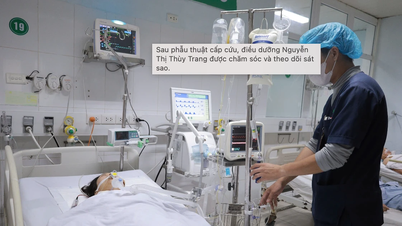

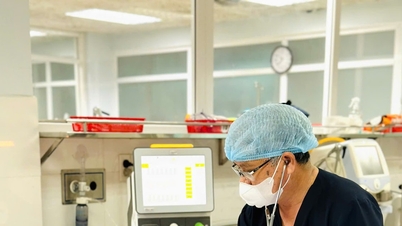

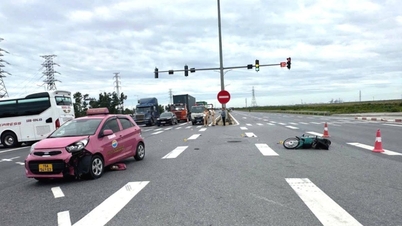




















































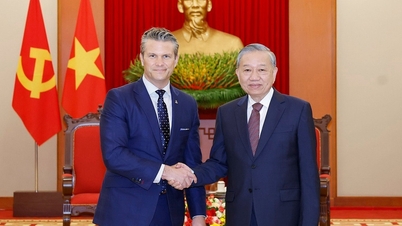


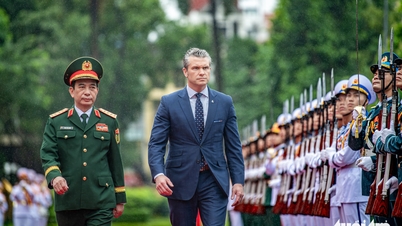


















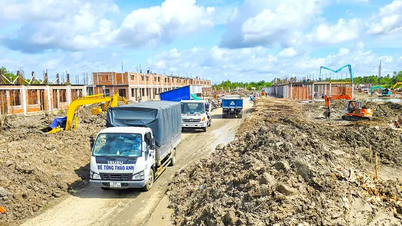
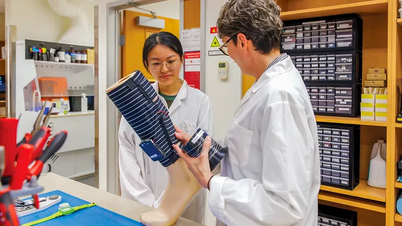
















Comment (0)